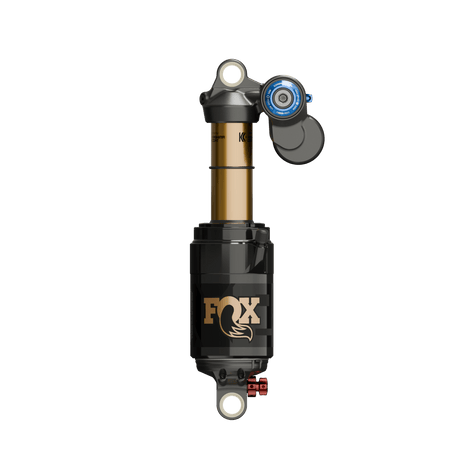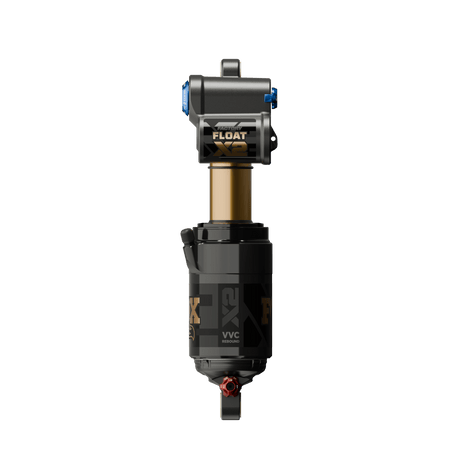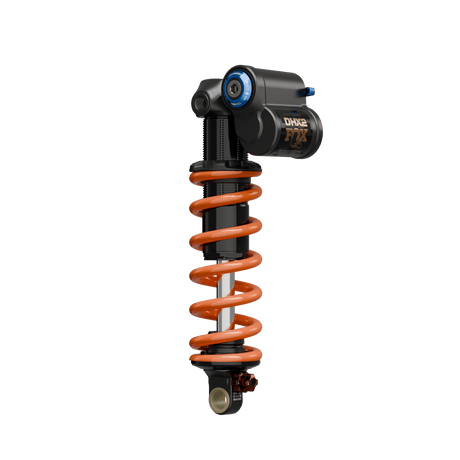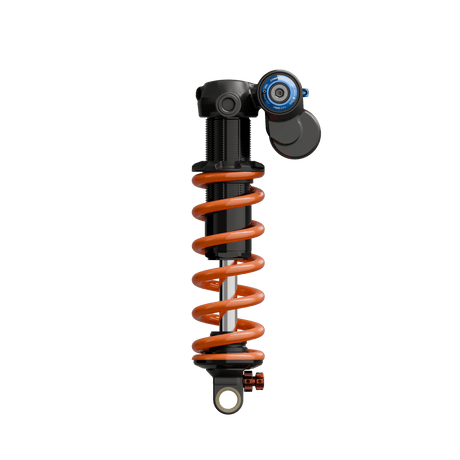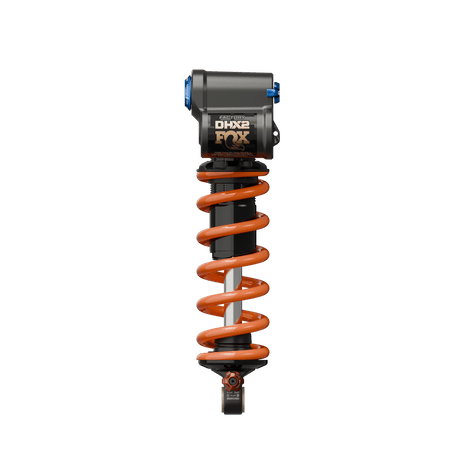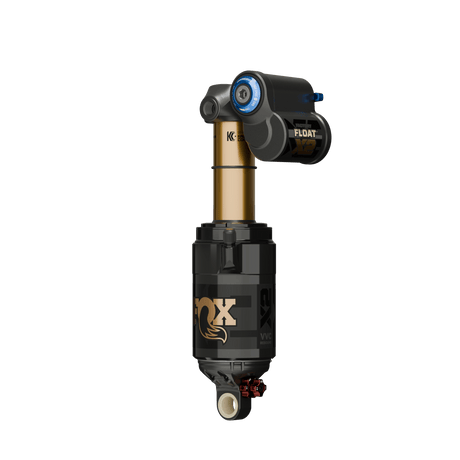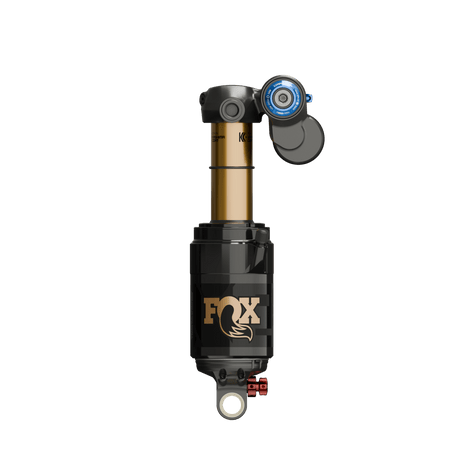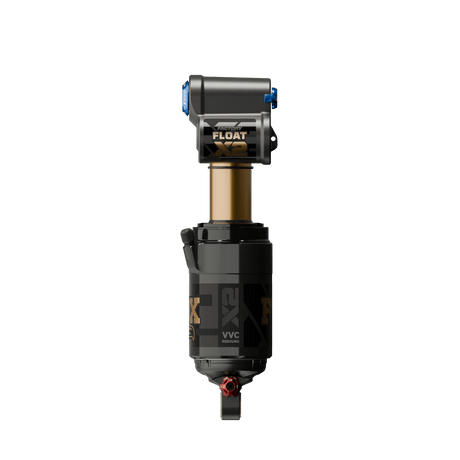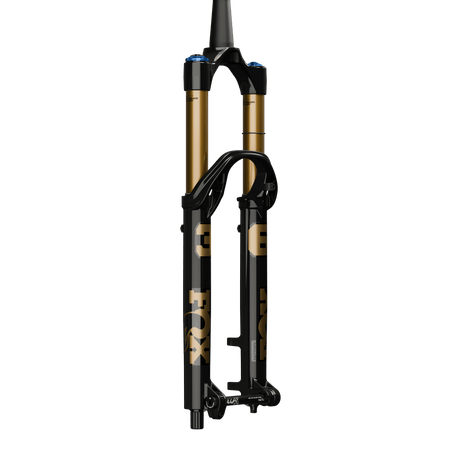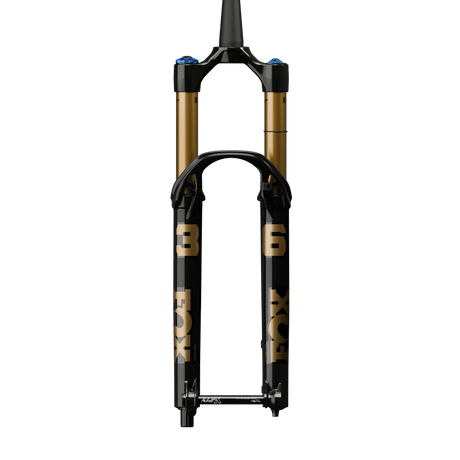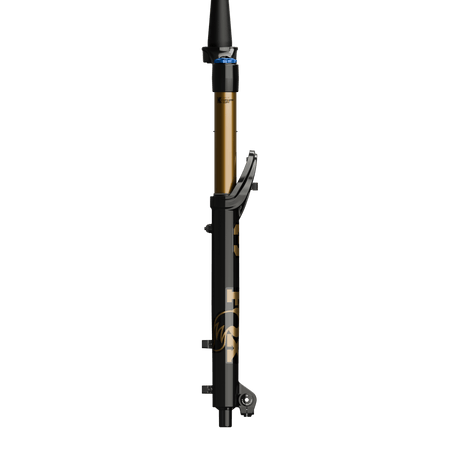Watch the YouTube video:
We recently made a trip to the Fox Suspension headquarters in Scott's Valley, California to learn more about the 2025 Fox Suspension lineup. We got the chance to ride the new 2025 Fox 36 and 38 forks with the GRIP X and GRIP X2 Dampers and meet a ton of great people who work at Fox. We met engineers, designers, product managers, test lab technicians and more. We were given the chance to do some 1-on-1 interviews with a few folks, and one conversation that we were most excited to share was when Mike interviewed Jordi Cortes. Jordi Cortes is the Global Race Department Manager for Fox, and he's popular online for sharing his suspension knowledge in a confident and honest way. Jordi has decades of experience, so we were excited to create a list of questions to ask his opinion on. Our list of questions was mostly made up of the most commonly asked questions from our customers, but we also had some personal questions in there, too. Below is a summarized transcript of our questions and Jordi's answers for a quick reading experience. Enjoy!
Question #1: On average, how different are the settings that a professional MTB racer uses compared to the manufacturer’s recommended settings?
Jordi: Oh man, I do not know what the manufacturer’s recommended settings are. I would think that racers’ settings are not incredibly close to the recommended settings, whatever they may be. But I would also argue that they aren’t that far off of the settings that most averagely talented riders are - closer than you’d think!
Question #2: How do you initially set up the suspension settings to start a racer’s tuning procedure?
Jordi: Well, I’ve been working with the product already. If this is a brand new suspension component that I’ve never seen in my life, we start with sag, we go to rebound, we go to compression, and we overall do the normal bracketing process to get things lined up. I will have worked with 5 or 10 people on a prototype project before it even gets installed on any racers’ bikes, so I already have a good idea of where to start based on body weights and bikes. So, for me the starting settings are different from the average person starting. Long story short, my brain is the recommended starting settings since I’ve been doing this so long and work so closely with the product design process.
Question #3. Consistently measuring fork sag is difficult. Do you only use sag as a starting point on a fork and then just track air pressure from there? Or do you use it as a piece of data at all times?
Jordi: We would start with sag 100%. You have to have some kind of benchmark. But after that, you’re going to relate pressure to where they were because pressure is going to be more accurate than sag in the long-term. You will get variations of 3-4mm in sag measurements sometimes, but that’s why we say to just start there and work around it. Don’t deviate drastically, and it’s a good thing to check every once in a while, but definitely know what your air pressure is. Write down the pressure and measured sag along the way and check to see how it changes from the initial pressure used to start the procedure.
Question #4: How do you prefer to measure fork sag? In a neutral riding stance? With all the rider’s weight on the bars and feet off the pedals? Or something else?
Jordi: No specific way. Basically, you can do it however you want, as long as you are consistent with how you do it. The only time that doing it differently matters is if you’re trying to relate your setup to somebody else’s setup. It helps if you just pick one of the styles of sag measurement and stick with it. This process is 100% the same to everyone from racers to the average weekend warrior.
Question #5: How often do racers need to physically change to a different suspension component to achieve the feel they desire, even after exhausting all setup options?
Jordi: That is pretty rare, and I would say it’s far more mental than a functional form of performance. If somebody all of a sudden gets it in their head that they need a coil shock for a certain course because it has off-camber sections and coil shocks generate more grip, you have to sit there and learn another product again. Learning a new product is going to take you far more time than the benefit of tiny grip differences are worth. The best thing you can do is find a good set up and leave it alone.
Question #6: What is the general process of choosing suspension components for racers to ride? How much time does a rider really have to spend on analyzing the different potential options of component choice?
Jordi: I think far too much time is spent diagnosing what is needed. For example, someone may be thinking that a race may have a tame enduro course and so they’re going to remove their coil shock and 38 and install an air shock on and a 36. That’s ridiculous. Stick to what the product is designed to do. We went through this years ago when South Africa was a new downhill track and people started building trail bikes for that race so they could pedal better. It didn’t go faster. You’re fastest on what you’re comfortable on. So, if you start making changes and thinking that the changes are going to win you the race, you’re probably wrong. The basics of modern product lines in suspension make great sense. We (Fox) have sorted this stuff out quite well, and I really think it works. I’m happy that modern suspension product lineups are much easier to choose from compared to years ago.
Question #7: Will the average rider see any benefit of custom-tuning a fork for their eMTB?
Jordi: At this point I don’t think it’s a huge benefit to get anything custom for an e-bike. Obviously you’re dealing with more weight, so wheels and handlebars… maybe. But suspension wise, you’re really not talking about a massive change in weight. An eMTB is maybe 20 pounds heavier than an acoustic bike? There are far bigger discrepancies just in rider body weights than there are in the comparison of an eMTB versus regular bike. There are differences in setup, as eMTB’s do tend to run into things a little bit harder because it’s harder to get them out of the way of smaller obstacles, and hard to get the rear end up and harder to wheelie. And I think there’s a really wide range of people riding them, and you also need to climb them up very steep, technical sections sometimes. So, preserving rear end geometry is just as important as preserving front end geometry. So again, it’s just a compromise and you just need to work it out.
Question #8: Do eMTB’s require a stiffer coil spring rate for their rear coil shock?
Jordi’s Answer: The sag doesn’t change because you’re measuring the rider and the bike. So, the fact that you have extra weight on the bike is taken into account when you check your sag. So, it’s going to be the same. Follow the exact same process of checking sag on an ebike as you would on a regular bike.
Question #9: What defines a rider as “aggressive”?
Jordi: A professional rider would never come up to me and say “I’m a pretty aggressive rider”. They would tell me what type of riding they do and how they like to ride, and we would go through the normal process to set their bike up. If you’re telling me that you’re a specific style of rider, you’re already not following the process of how bikes get set up. The suspension setup process is the same for all different riding styles. Follow the normal steps of suspension setup, and no matter how you ride you will find out how your bike works best for you. Set up your suspension that works best for you. There is no universal set of adjustments for a specific type of riding.
Question #10: Is it counter- intuitive to reduce compression damping if the suspension feels harsh?
Jordi: It is, but it’s not a guarantee that adding compression will make the suspension feel less harsh. And that is why we follow a process of bracketing and checking. However, what can happen is that when removing compression, it is slowing down the fork’s movement through its travel. When you remove compression, you get massive accelerations until you hit the ramp of the volume spacers and air spring. This can actually contribute to harshness because you’re using the travel less efficiently. You need a balance of air and damping for proper support. Whatever works best for you on the trail is the right setup. I do think it’s a good idea to talk to other people and look at factory settings every once in a while to ensure you aren’t an outlier with settings that are far off of those. If you are, you should probably reassess things at a certain point. The thing to remember is that if you make changes and it doesn’t result in better performance, go back to where you were. Do not keep going in the wrong direction. It’s very easy to add 3 clicks of compression, ride it and assess if you like it more. If you don’t like it more, don’t add more clicks because you just went the wrong way. If someone tells you to open the damping all the way and your bike doesn’t feel better, you should go back. There isn’t a right or wrong way to adjust your knobs, however, there are more optimal ways to adjust your knobs to make it feel the best for you and how you ride.
Question #11: At what point do you recommend that a rider completely start over with their suspension setup procedure?
Jordi: I think when people are riding something and feel as if they can’t get used to it and they think they need to change to a different component. No, you’re wrong. This product wins podiums, and if this is not working for you then there is something going on with the setup. 90% of the time it’s your brain. The rider is still the majority of the work. If you aren’t in a good mood, you’re injured, you’re tired, your bike isn’t going to work so don't adjust it. If it worked great yesterday and doesn’t work today, it’s not the bike’s fault. There is a lot of self-assessment involved in setting bikes up.


